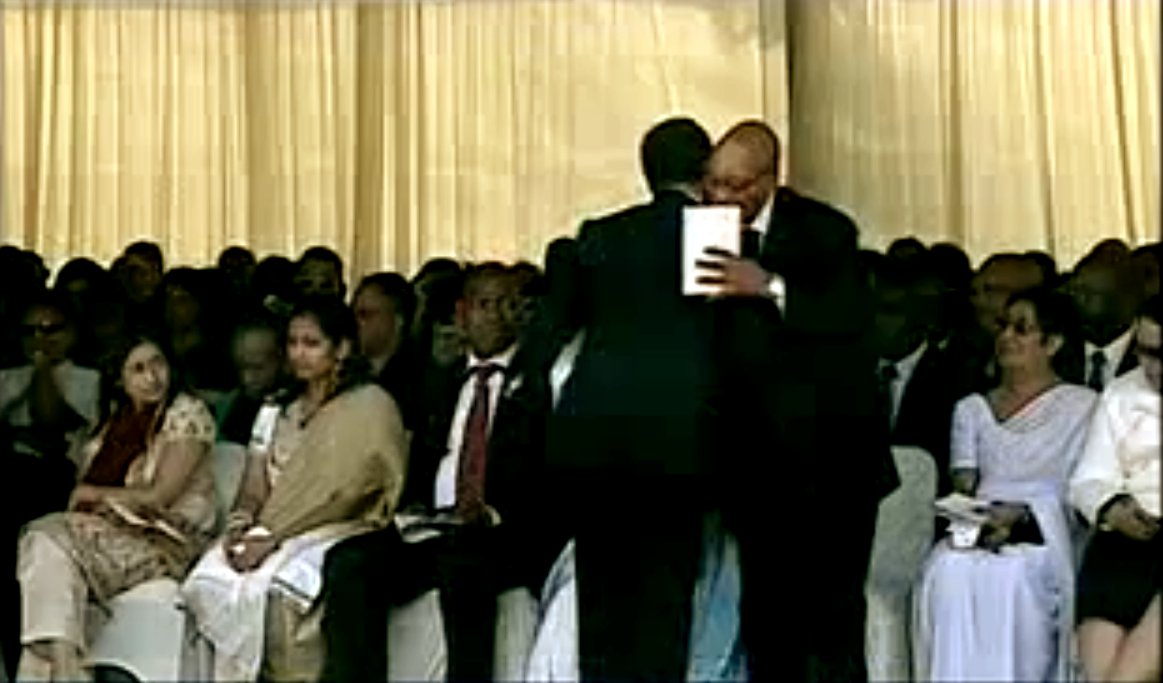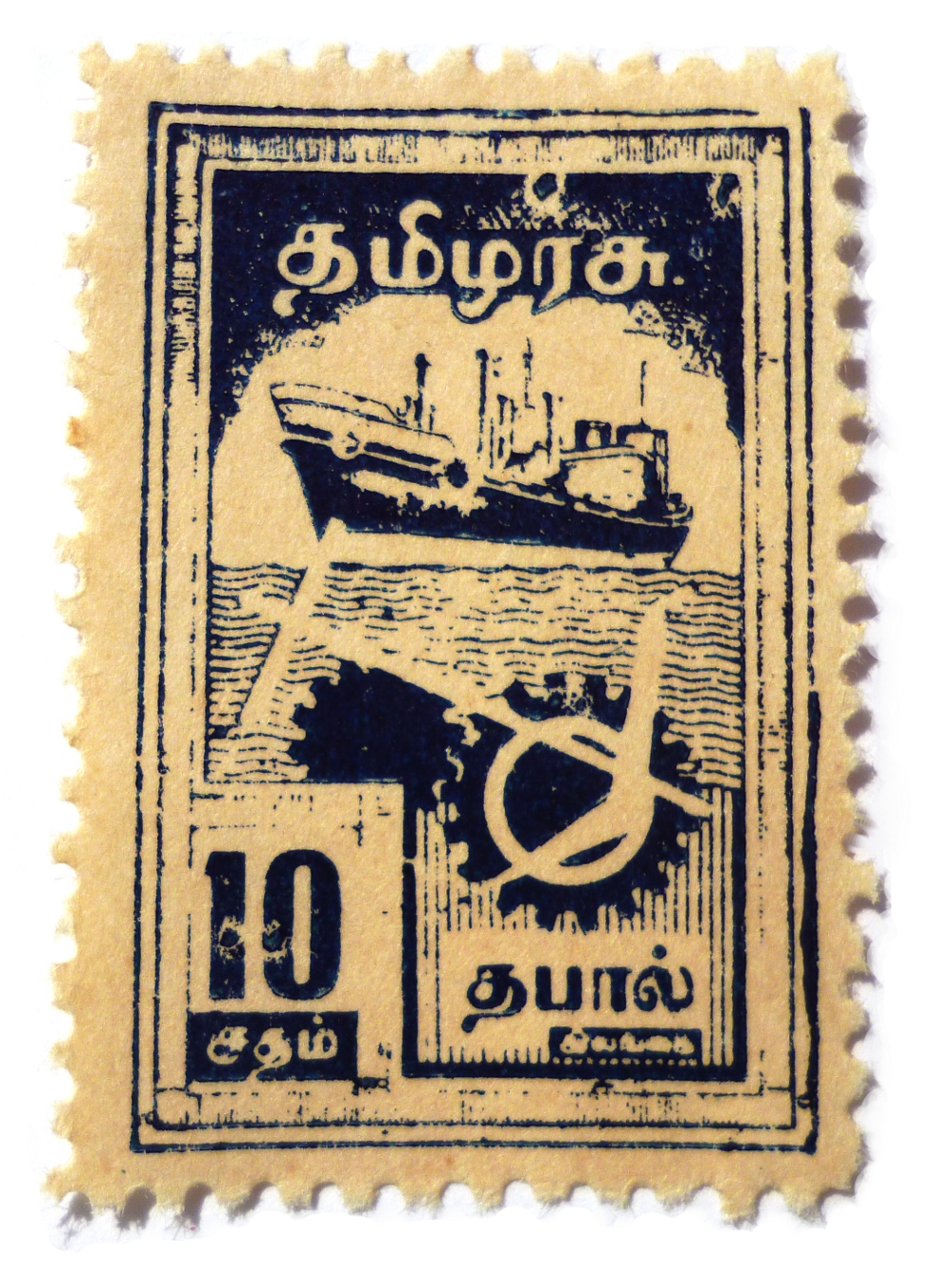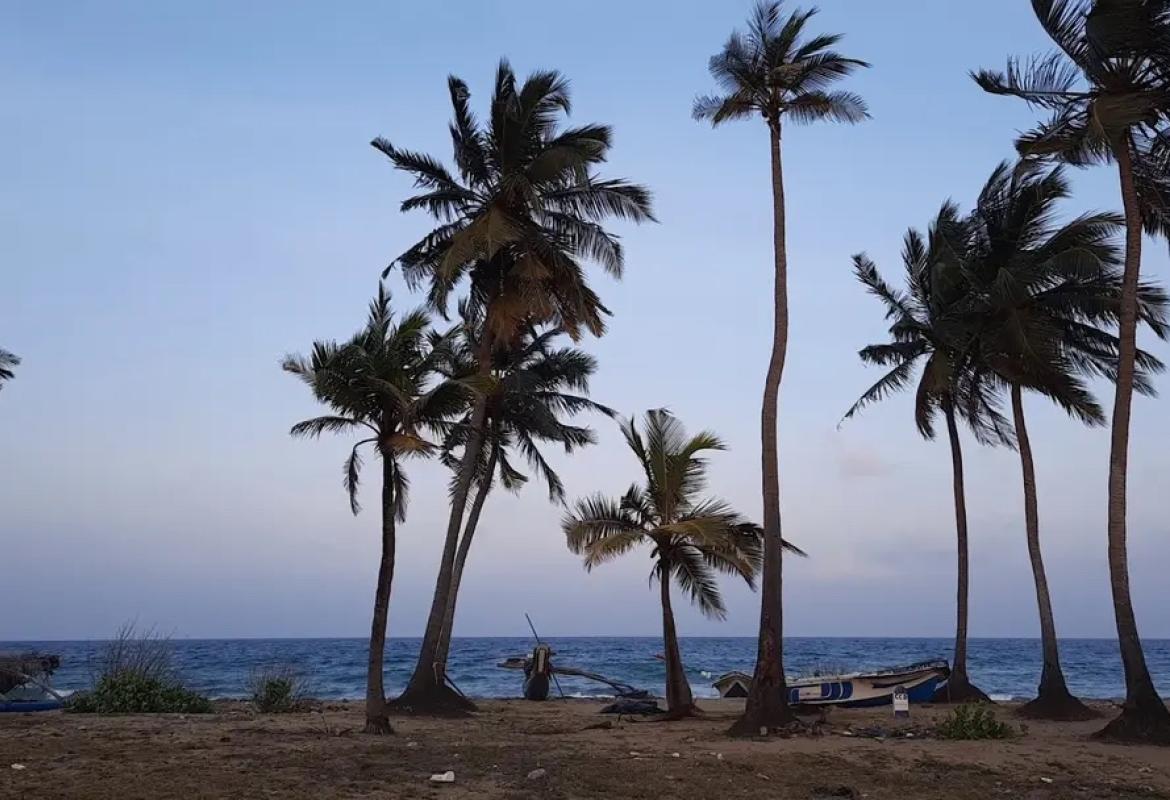 |
|
GTF delivers tribute message
|
The Global Tamil Forum (GTF) joined President Jacob Zuba, ministers and senior government officials of South Africa to pay tribute to the late activist and minister, Roy Padayachie, at his state funeral in Durban on Wednesday.
As one of the handful of speakers requested to address the mourners and pay tribute to the late Mr Padayachie, the GTF's spokeperson, Suren Surendiran, shared his memories of Comrade Roy, who he described as a pivotal and inspirational figure to the organisation.
 |
|
President Jacob Zuma greets Mr Surendiran
|
Addressing the mourners, Mr Surendiran said,
"let me, on your behalf, salute Comrade Roy, whom I and a large number of Tamil speaking people admire so much, for his leadership, not just in this country, but throughout the Tamil diaspora for laying the foundation for Global Tamil Forum, and for his crucial and catalytic role in bringing the liberation campaign together, with a vision to follow."
"The reward he sought, as he has always said, is not recognition, nor status, nor titles, nor money but that the coming generation – who never even knew him – enjoys a better life, thanks to his courageous work. And I also want to pay my personal tribute, to his work and his leadership in achieving, by his determined action, what many thought was impossible - to internationalise, the Tamil Question."

